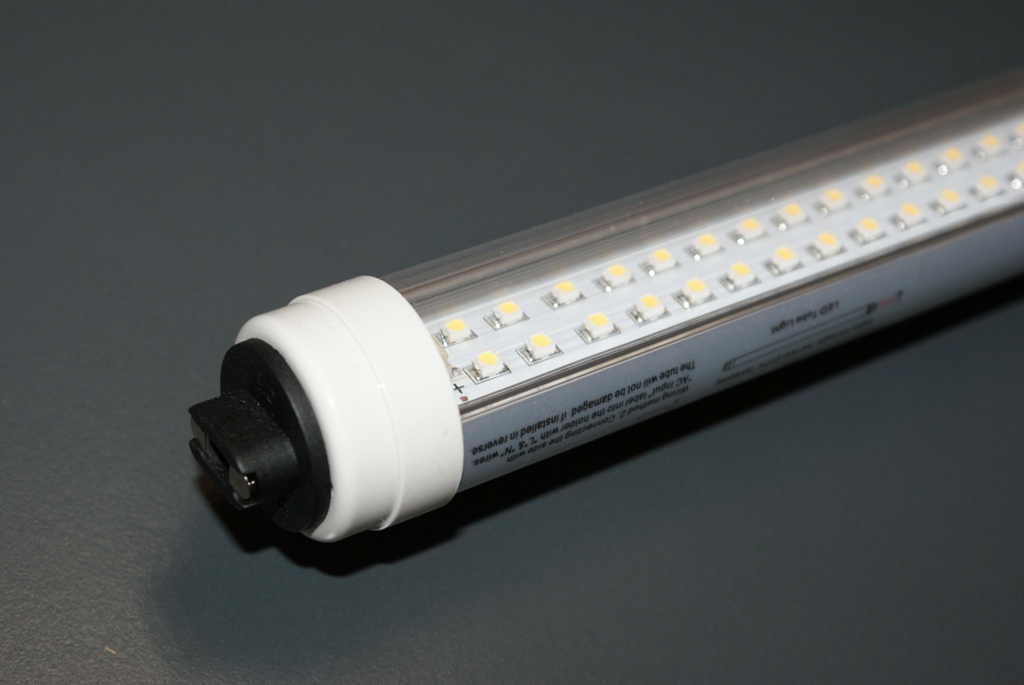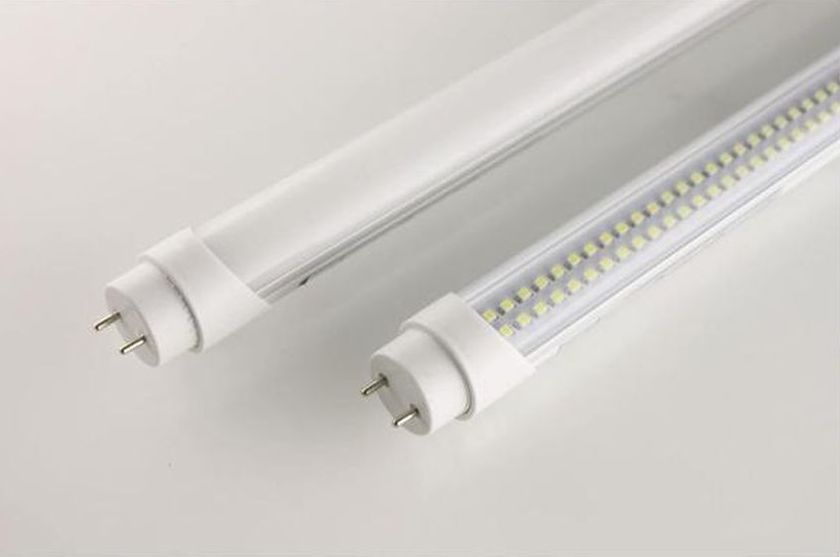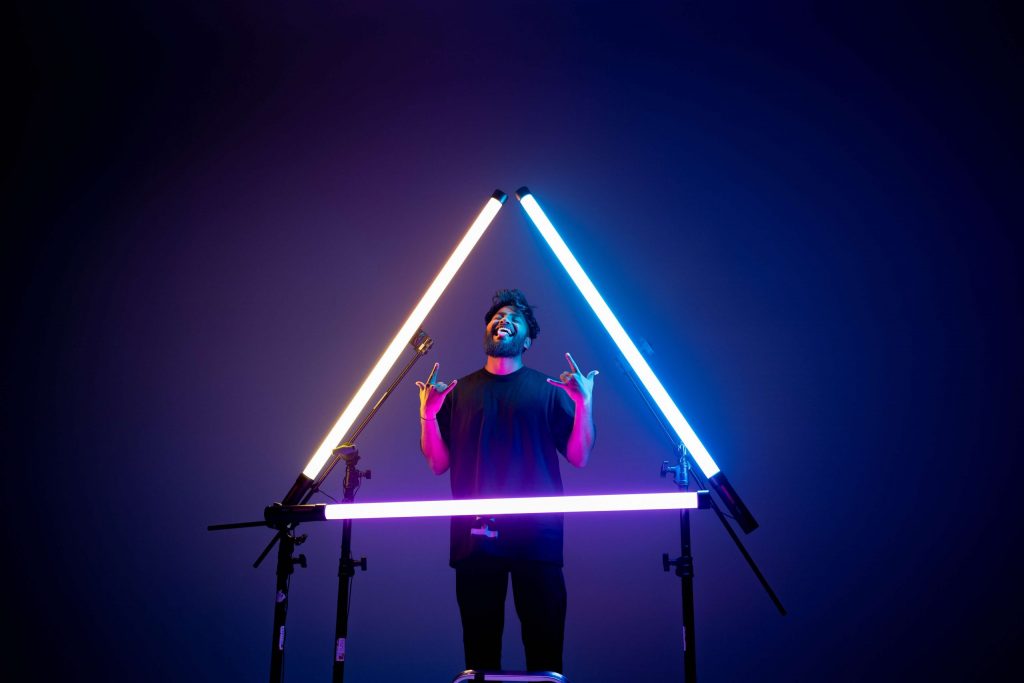Change in the lighting is a standard part of the renovation, and many people switch to LED tubes due to high efficiency, long lifespan, and no mercury. But many individuals do not know some standard differences between LED and other tube lights.
It is necessary to determine the difference because only then, you know whether you are making any profitable investment or not. Sometimes, these bulbs look similar, and it is hard to find the difference.
Lepro offers LED tubes in variant sizes and is of good quality. You can buy them online and install them in your house with the help of an electrician. Ensure that you know how to compare different lights and know which one is the best for you. In the following write-up, we will discuss various ways to know if the tube you have is a LED or not. Consider some basic things and get the difference clear in your mind.
1. Size of Tube Light Along with Retrofitting
You can get T8 along with T12 LED tube lights with similar mechanical dimensions you can get in the fluorescent. These are common ones, and all the fixtures are of similar length. These are known as cross-compatible, but it is not with the T5 fixture. It is due to the pin size being different along with its actual length.
When it comes to retrofitting, there is no use of ballast in LEDs, a component to create the driver. Bravo Electro understands the importance of these advantages and has harnessed the power of LED lighting to bring you reliable, cost-effective, and eco-friendly lighting solutions. But various LEDs are readily available in the market that are quite compatible with all the fluorescent-based ballasts. Let us discuss some standard configurations:

Img source: 1sourceled.com
- UL Type A: These are quite compatible with all the fluorescent-based ballasts and are readily available in many stores. It is easy to operate and rewire on the fixture. If anyone is not comfortable changing the wiring, then one can install it. No need to take help from an electrician, and you can also save on labor costs. But there is a significant drawback that the ballasts can easily fail, and it requires heavy maintenance.
- UL Type B: These are not at all compatible with all the ballasts. You can easily connect your tube with the electricity mains. The driver is already installed in the tube, and two common types are available, i.e., single as well as double-ended. If we talk about single-ended, the first end has two pins, and the other two pins are not at all functional. In case of incorrect configurations, the lamp will not illuminate, and hence, it can be dangerous for everyone around it. In double-ended, the polarity of two pins on every side is equal. One side of the tube that connects to the holder will remain neutral. The other side will be positively connected. If you need high efficiency along with low maintenance cost, you can install it with changes in wiring. You will find difficulty in changing the electrical wiring.
- UL Type C: These are uncommon, and it provides better efficiency. There is no LED driver, i.e., combined within the tube. You require a separate driver for the connection between the electricity and the tube. Due to low maintenance, many people replace their existing lights and switch to them. But you have to spend extra money on the electrician.
- Non-shunted and Shunted Tombstones: With the help of tombstones, you can install the LED light with both electrical current and mechanical support. There are two contacts where you can connect the light. There are three cases of electrical contacts, in which one has no electrical connection to any electricity source. The shunted one is when both points join to either live or neutral. Whereas, in the non-shunted, one point is connected with neutral, and the other one joins to live. If the LED is single-ended, then it is not suitable for all the shunted tombstones. Whereas, the double-ended is relatively compatible with both types of tombstones.
2. Photometric Specifications

Img source: lizardlicklighting.com
If we talk about these specifications, then it is necessary to focus on the quality light, i.e., emitted by the LED tube. Consider the temperature of color, CRI, along Lumens. Let us discuss them:
- CCT: You can get LEDs in different color temperatures. In comparison with other types, the rating of color temperature is quite the same.
- Luminous Flux: It is calculated in Lumens, which is the entire light that is coming from the lamp. You can get more Lumens in LED as compared to other types. The light is also directed downwards instead of going backward.
- CRI: It is a measurement through which the color of the object will appear better under the light. The CRI of LED is approximately 80, and it is perfect for different applications.
3. Costs
The LED light price is relatively less as compared to other types. As per the market competition, the price has fallen, and many people show interest in switching to the new lighting technology. It is easy to get massive efficiency and a safe environment by buying these lights at an affordable price.
When it comes to maintenance cost, it is relatively less, and therefore, you are making the right deal for your future. You can save your electricity bills by installing this technology at your home. Check the offered warranty by the manufacturer, and ask for the repairs or exchange when required.
Final Thoughts

Img source: newsshooter.com
You must consider all the mentioned information to detect if your tube light is a LED. Ensure that you make a worthy investment by switching to efficient technology. Many people cannot differentiate between two different types of lights, and hence, they can experience loss in their future. It is necessary not to get confused and get detailed information about the available sources.
You cannot afford to spend money on maintenance and other additional expenses. When you can make better decisions, it will be quite easy to secure your money. Like other people, you should not make any mistakes while choosing the right light source for your home. Get plenty of information and start renovating your house.



